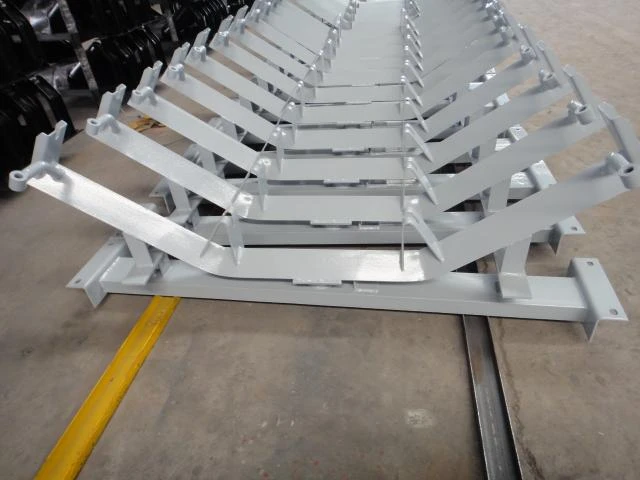 Afrikaans
Afrikaans  Albanian
Albanian  Amharic
Amharic  Arabic
Arabic  Armenian
Armenian  Azerbaijani
Azerbaijani  Basque
Basque  Belarusian
Belarusian  Bengali
Bengali  Bosnian
Bosnian  Bulgarian
Bulgarian  Catalan
Catalan  Cebuano
Cebuano  Corsican
Corsican  Croatian
Croatian  Czech
Czech  Danish
Danish  Dutch
Dutch  English
English  Esperanto
Esperanto  Estonian
Estonian  Finnish
Finnish  French
French  Frisian
Frisian  Galician
Galician  Georgian
Georgian  German
German  Greek
Greek  Gujarati
Gujarati  Haitian Creole
Haitian Creole  hausa
hausa  hawaiian
hawaiian  Hebrew
Hebrew  Hindi
Hindi  Miao
Miao  Hungarian
Hungarian  Icelandic
Icelandic  igbo
igbo  Indonesian
Indonesian  irish
irish  Italian
Italian  Japanese
Japanese  Javanese
Javanese  Kannada
Kannada  kazakh
kazakh  Khmer
Khmer  Rwandese
Rwandese  Korean
Korean  Kurdish
Kurdish  Kyrgyz
Kyrgyz  Lao
Lao  Latin
Latin  Latvian
Latvian  Lithuanian
Lithuanian  Luxembourgish
Luxembourgish  Macedonian
Macedonian  Malgashi
Malgashi  Malay
Malay  Malayalam
Malayalam  Maltese
Maltese  Maori
Maori  Marathi
Marathi  Mongolian
Mongolian  Myanmar
Myanmar  Nepali
Nepali  Norwegian
Norwegian  Norwegian
Norwegian  Occitan
Occitan  Pashto
Pashto  Persian
Persian  Polish
Polish  Portuguese
Portuguese  Punjabi
Punjabi  Romanian
Romanian  Russian
Russian  Samoan
Samoan  Scottish Gaelic
Scottish Gaelic  Serbian
Serbian  Sesotho
Sesotho  Shona
Shona  Sindhi
Sindhi  Sinhala
Sinhala  Slovak
Slovak  Slovenian
Slovenian  Somali
Somali  Spanish
Spanish  Sundanese
Sundanese  Swahili
Swahili  Swedish
Swedish  Tagalog
Tagalog  Tajik
Tajik  Tamil
Tamil  Tatar
Tatar  Telugu
Telugu  Thai
Thai  Turkish
Turkish  Turkmen
Turkmen  Ukrainian
Ukrainian  Urdu
Urdu  Uighur
Uighur  Uzbek
Uzbek  Vietnamese
Vietnamese  Welsh
Welsh  Bantu
Bantu  Yiddish
Yiddish  Yoruba
Yoruba  Zulu
Zulu conveyor belt roller types
Different Types of Conveyor Belt Rollers An Overview
Conveyor belts are integral to modern material handling systems, used across various industries to transport goods efficiently and quickly. A vital component of these systems is the conveyor belt roller, which plays a crucial role in supporting the belt’s operation and ensuring optimal material flow. Understanding the types of conveyor belt rollers available is essential for selecting the right equipment for a specific application. This article provides an overview of the different types of conveyor belt rollers, their uses, and their significance in conveyor systems.
1. Idler Rollers
Idler rollers are commonly used in conveyor systems to support the belt's weight and keep it in alignment during operation. They are typically installed at regular intervals along the conveyor’s length and are crucial for reducing friction and wear on the belt. Idler rollers come in various designs, including flat, trough, and return idlers, each serving different purposes. Trough idlers, for instance, have a curved shape that helps support bulk materials during transport, while flat idlers are used in applications dealing with smaller items.
2. Drive Rollers
Drive rollers are a key component of powered conveyor systems. These rollers are connected to a drive motor, providing the necessary power to move the conveyor belt. Drive rollers are designed with a higher friction surface or have added features, such as grooves or ridges, to enhance grip on the belt. This ensures effective movement of goods and helps maintain the desired belt tension. Proper selection of drive rollers is crucial to achieving the right speed and load capacity for the system.
As the name suggests, return rollers are responsible for supporting the weight of the return portion of the conveyor belt. These rollers are typically positioned at the tail end of the conveyor system and play a vital role in preventing belt sagging. Return rollers help maintain the belt’s shape and alignment as it travels back to the loading point, ensuring smooth operation. They come in various designs, including flat return rollers, which provide a flat surface for the belt to roll over.
conveyor belt roller types

4. Impact Rollers
Impact rollers are designed to absorb the shock and impact of material loads as they are dropped onto the conveyor belt. Placed at loading points, these rollers are built with heavy-duty materials and have a larger diameter to distribute weight evenly and minimize damage to the belt. Impact rollers help prolong the life of the conveyor belt by reducing wear and tear and are essential in bulk material handling applications where heavy loads are common.
5. Training Rollers
Training rollers are critical for maintaining proper belt alignment. Misalignment can lead to increased friction, excess wear on the belt, and decreased efficiency. Training rollers, which are often conical or tapered, help steer the conveyor belt back to its intended path. By correcting belt tracking errors, these rollers enhance the overall performance and longevity of the conveyor system.
6. Specialty Rollers
In addition to standard types, there are specialty rollers designed for specific applications. For instance, stainless steel rollers are resistant to corrosion and suitable for food processing environments, while anti-static rollers are used in industries dealing with sensitive electronic components to prevent static discharge damage. These specialty rollers address unique challenges that standard rollers may not handle effectively.
Conclusion
Conveyor belt rollers are essential components of any material handling system, impacting the efficiency, longevity, and overall performance of the conveyor. Understanding the different types of rollers—such as idler, drive, return, impact, training, and specialty rollers—is vital for selecting the right equipment for specific operational needs. By choosing appropriate rollers tailored to the application, businesses can enhance productivity, reduce maintenance costs, and ensure a smooth flow of materials. In today’s fast-paced industrial environment, the right conveyor belt roller can make all the difference in operational efficiency.
-
Taper Centering Idler Set for Conveyor SystemsNewsJun.25,2025
-
Small Idler Rollers for Industrial ConveyorsNewsJun.25,2025
-
Guide Training Idler Set for Conveyor MaintenanceNewsJun.25,2025
-
Friction Offset Idler Set for Industrial UseNewsJun.25,2025
-
Double-Center-Roller Idler AlignmentNewsJun.25,2025
-
Channel Inset Impact Troughing Idler Set for Heavy LoadsNewsJun.25,2025





























